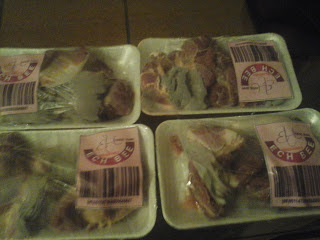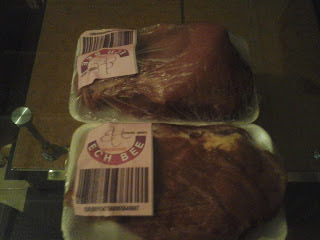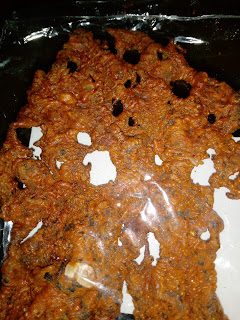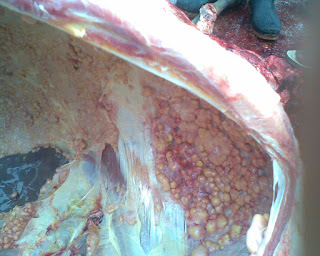Transforming The Red Meat Value Chain: Improving Public Health in the 21st Century
The traditional way of producing and marketing red meat has been a major source of public health concerns for decades. From food safety to environmental pollution, the production and sale of red meat has had a widespread impact on our society. But with advances in technology and understanding, there is much hope that we can improve the red meat value chain for the betterment of public health.
Read on to learn more about how we could potentially transform the red meat value chain to improve public health in the 21st century!
Introduction
The red meat value chain is a complex system that involves many different players, from farmers and ranchers to processors, retailers, and consumers. Each player has a unique set of needs and constraints, and the interactions between them can have important implications for public health.
In recent years, there has been growing concern about the potential health risks associated with red meat consumption. These concerns have led to calls for changes in the way the red meat value chain operates, in order to improve public health.
There is no single solution to the problem of improving public health in the red meat value chain. However, a number of proposals have been put forward that would address some of the key issues.
This article will provide an overview of the current state of the red meat value chain and public health concerns related to it. It will then discuss some of the proposed solutions for improving public health in the context of the value chain.
Definition and Overview of the Red Meat Value Chain
The red meat value chain is the process by which raw materials are converted into finished products that are ready for consumption. The chain involves a number of different actors, including farmers, feedlots, slaughterhouses, processors, retailers, and consumers.
The health of the red meat value chain is of paramount importance to public health. The World Health Organization has estimated that as much as 80% of all non-communicable diseases are attributable to dietary factors, and red meat is a major contributor to dietary risk. Consuming too much red meat can lead to obesity, heart disease, cancer, and other chronic diseases.
In order to improve public health, it is essential to transform the red meat value chain. This means making changes at every stage of the process in order to make red meat healthier. This includes changes such as breeding healthier livestock, providing them with better quality feed, and using more humane methods of slaughter.
It is also important to increase transparency throughout the red meat value chain so that consumers can make informed choices about the products they purchase. To this end, labeling should accurately reflect the content of products and provide information on how the animals were raised and slaughtered. Finally, it is imperative that government policies support these efforts to improve the red meat value chain and protect public health.
So what can be done to improve the red meat value chain and make it more sustainable? Below are three possible solutions:
1. Improve animal husbandry practices: One way to make livestock production more sustainable is to improve animal husbandry practices. This can involve switching from intensive, industrialized farming methods to alternative systems such as organic, pasture-based and agroforestry approaches. These approaches result in higher animal welfare standards, make better use of natural resources and reduce emissions.
2. Increase investment in research and development: More research and development needs to be done in the red meat sector to improve production efficiency and reduce environmental impacts. This could include developing new animal breeds that require less energy, water or feed inputs, as well as innovating feed formulations to reduce emissions or increase nutrient profiles.
3. Promote responsible consumption: Finally, it is important to address public attitudes toward red meat. This could include educational campaigns about the health benefits of consuming lean red meats such as bison and venison, as well as strategies for reducing overall meat consumption through plant-based diets or other dietary interventions.
Overall, implementing these strategies will help create a more sustainable and healthy red meat value chain that can continue to support public health in the 21st century.
The Role of Government in Transforming the Value Chain
The role of government in transforming the red meat value chain is to invest in and support research and development to improve food safety and quality, while also promoting policies and initiatives that encourage industry consolidation and modernization.
There are two key ways in which the government can help transform the red meat value chain: by investing in research and development to improve food safety and quality; and by promoting policies and initiatives that encourage industry consolidation and modernization.In addition to supporting research on food safety
Conclusion
The red meat value chain can play an important role in promoting public health and sustainability. It is not only a way to meet the changing needs of consumers but also holds great potential for securing healthier, safer and more equitable food systems worldwide.
By taking into account advances in technology and innovation, societies should take steps to transform their red meat value chain as part of larger efforts to foster better nutrition outcomes across populations, protect the environment and support farmers with sustainable market access.
With these actions it will be possible to build a 21st century food system that's beneficial for everyone involved.


















































